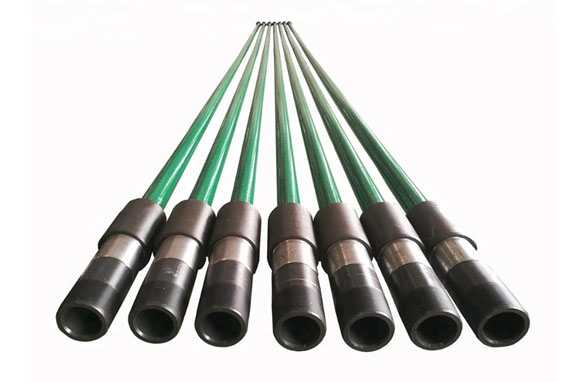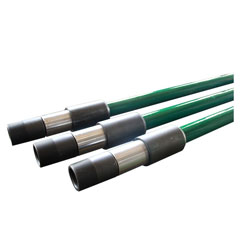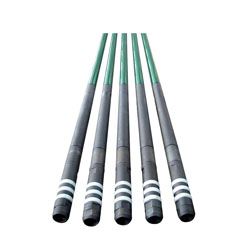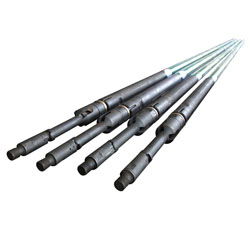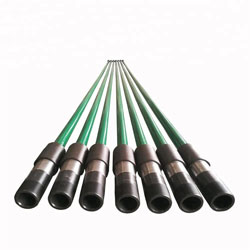Штанговый насос API 11AX
- 40-летний опыт проектирования и изготовления скважинных насосов.
- Участвовал в разработке национального стандарта на скважинный насос.
- 20-летний опыт производства штанговых насосов API11AX
- Sanjack is the best API 11AX Sucker Rod Pump Manufacturers for API 11AX Rod Pump wholesale.
Ваш премьер
API 11AX Штанговый насос Производители и поставщики
Долгая история производства
В 1964 году компания SanJack начала производство комбинированных штанговых насосов.
Сильная техническая поддержка
Sanjack разработал скважинные насосы с различными процессами борирования, азотирования, хромирования, вольфрамового покрытия для особых условий скважины.
Штанговый насос API 11AX
В 2001 году SanJack успешно получила сертификат API 11AX и начала экспортировать скважинные насосы за границу.
Высококлассная клиентская база
Штанговый насос API 11AX экспортируется в SHELL, CHEVRON, SCHLUMBERGER, GE, NOV, JOHNCRANE, CAMERON, KBM и т. Д.
- 20-летний сертификат API11AX
- Годовой объем производства: 15000 комплектов
- Нефтяные скважины содержат много песка
- Не подходит для тяжелой нефти
Цех штанговых насосов Sanjack был основан в 1964 году и имеет более чем 50-летнюю историю. У нас есть богатый опыт производства и сильные способности в исследованиях и разработках. Наша продукция включает различные серии насосов для НКТ, штанговых насосов и специальных штанговых насосов. Мы получили 32 национальных патента на технологию забойного насоса. Эти продукты экспортируются в SHELL, CHEVRON, GE, SCHLUMBERGER, NOV, JOHN CRANE, CAMERON, KBM и др. Наша годовая производственная мощность составляет 15000 комплектов.
Send us your requirement, Let Sanjack support you
Buying Guide for API 11AX Sucker Rod Pump
Are you working in oil wells? If so, you understand that one of the essential equipment you need is a sucker rod pump.
Sucker Rod pumps are used for a wide variety of applications in oil and gas wells.
For instance, you need a sucker rod pump to transfer fluids from the well before and during oil and gas production.
This article will help you know the different specifications and ranges for API 11AX Rod Pumps and things you need to consider when buying API 11AX Rod Pumps.
Generally, this post is meant to point you in the right direction by giving you the necessary information you need to know about rod pumps.
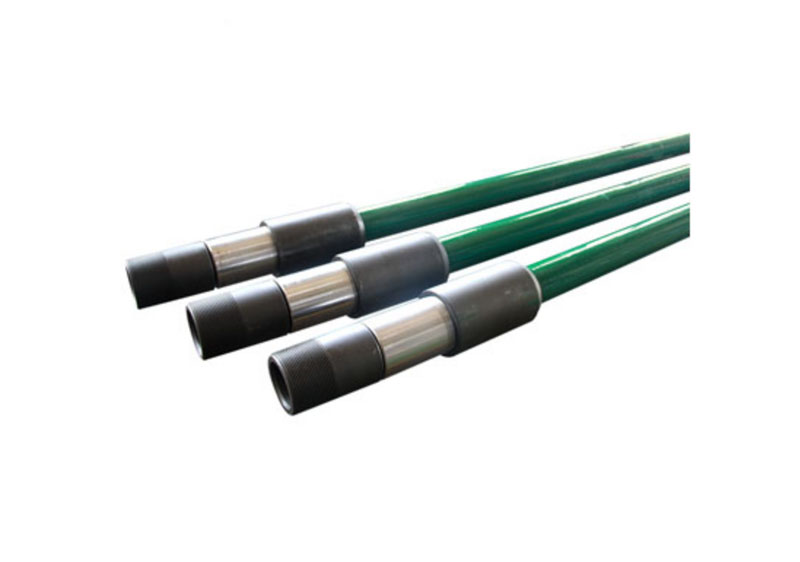
API 11AX Rod Pumps Basics
API 11AX is a nomenclature used to describe pump designations and classify API sucker rod pumps and tubing pumps according to their specifications and characteristics. This article is an overview of parameters that explain how API 11AX specifications determine the field of application for sucker rod pumps.
API Pump Designation
All API subsurface pumps are classified according to the API pump designation. The said designation is a section of the API specification 11AX and describes different characteristics and features of an API subsurface pump. The designation is written as a seven-part nomenclature, with every part separated by a dash.
For instance, 20-125-RHBM-10-4-2-1 is an API pump designation.
Each part of the designation is used to describe the following specifications in the pump (in order):
1.Nominal tubing size in inches. This feature is given as a key representing the actual size of the sucker rod pump.
2.Basic bore size in inches.
3.Type of the wellbore pump, type of the pump’s barrel, the location and type of the seating assembly (this is given as a letter code).
4.Length of the barrel in feet
5.Length of the plunger in feet
6.Length of the upper extension that is used with the heavy-wall barrel in inches
7.Length of the lower extension that is used with the heavy-wall barrel in inches.
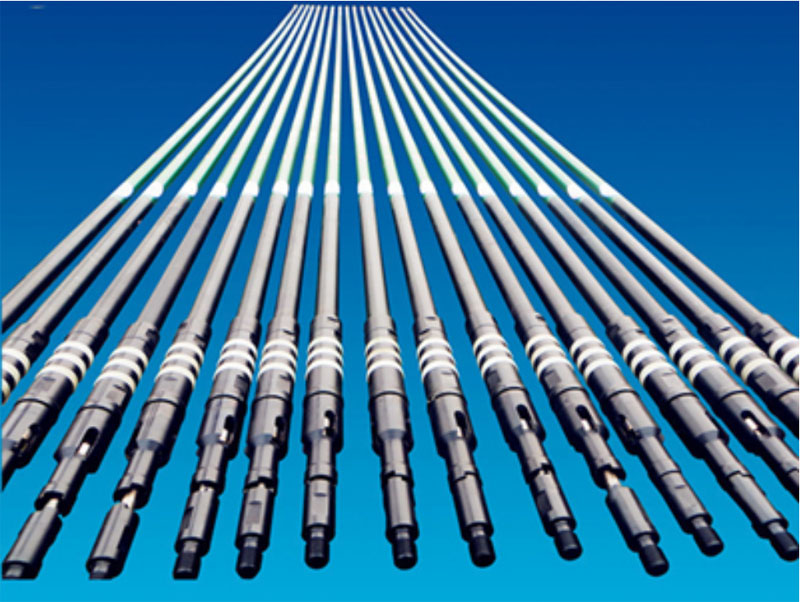
Essential properties of API sucker Rod Pumps
The type of pump and barrel and the location of the seating assembly are the specifications that determine the field of application of an API subsurface pump.
Therefore, you need to understand the advantages and limitations of these specs if you want to choose the best API pump for your applications.
The following section will give you all that you need to know about API sucker rod pump properties with designation letter codes provided in parenthesis.
This information will help you select a sucker rod pump best suited for your field of application.
- Type of the pump
In this category, you can choose two types of pumps: rod pumps and tubing pumps.
Rod pumps (R)
Rod pumps are also referred to as insert pumps, and they are mounted inside the tubing string.
One of the advantages of a rod pump is that it comes at a lower cost of maintenance and service since the pump can be removed by pulling the rod string.
On the flip side, rod pumps are associated with lower production capacity than tubing pumps because they have a smaller plunger diameter.
Tubing pumps (T)
In a tubing pump, the barrel is usually part of the tubing string.
Advantages of tubing pumps
- They have the most massive displacement compared to any rod pump with the same tubing size.
- Tubing pumps have a rigid design and are, therefore, deployable in wellbores of all depths. The robustness of the tubing pump is derived from the barrel being part of the tubing string.
- Tubing pumps have excellent performance with higher viscosity fluids since they have large plunger sizes that reduce the resistance to fluid flow.
Limitations of tubing pumps
- Tubing pumps attract higher maintenance costs since the barrel can only be serviced by removing the entire tubing string.
- Tubing pumps have large unswept spaces at the bottom of the stroke, which leads to a lower compression ratio. This characteristic makes tubing pumps not appropriate for gassy production fluids.
- Tubing pumps have larger bores, translating into larger bores acting on the rod string and pumping units.
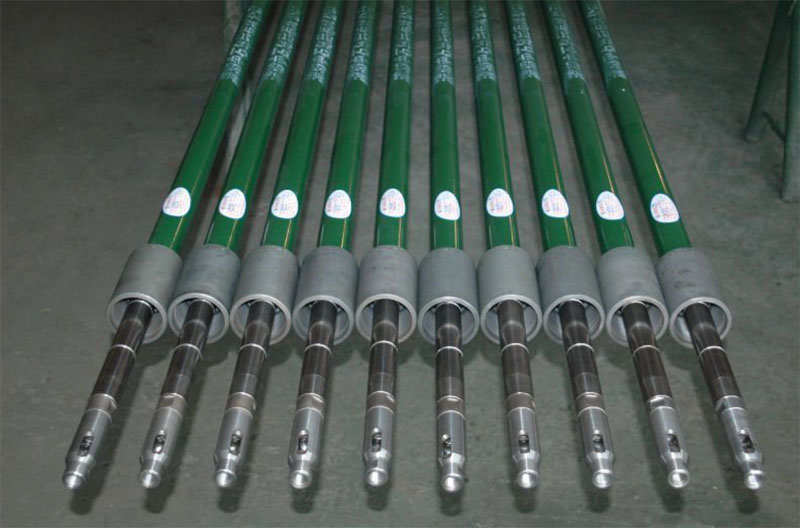
- Type of the barrel
When it comes to barrel type, these pumps can be categorized as heavy-wall, thin-wall, and heavy-wall with thin-wall thread configuration.
This is discussed below:
Heavy-wall
These are pumps with wall tubing that measure between 0.393 and 0.472 inches.
They are threaded externally, which allows the plunger to stroke out at both sides of the pump. This stroke-through construction created in the process prevents the formation of scale inside the pump barrel.
Heavy-walled barrels are stronger and more rigid to ensure greater setting depth.
Additionally, they come in two types; with a metal plunger (H) and a soft-packed plunger (P).
Thin-wall
This is a type of pump with wall tubing measuring between 0.197 and 0.276 inches. They are threaded internally and have the most massive bore relative to any given tubing size.
Accordingly, these pumps are suitable for moderate wellbore depth and come in two categories: a metal plunger (W) and a soft-pack plunger (S).
Heavy-wall with thin-wall thread configuration (X)
This is the last type of pumps in the category, and they have heavy wall tubing measuring between 10 and 12 millimeters. They are also threaded internally. Greater seating depths are possible with the x-type barrel since they do not require upper and lower extensions like the heavy-walled barrel. This also means they rarely fail under intense pressure.
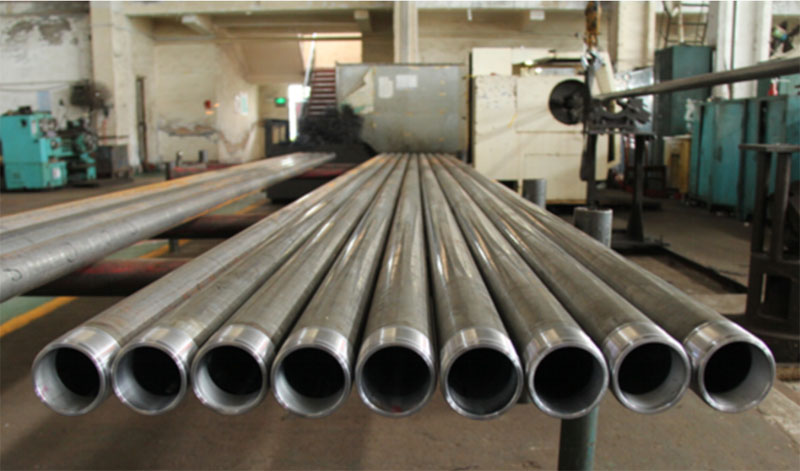
- Location of the seating assembly
The seating assembly can be located in three different positions. This section will discuss all the three and give you an in-depth view of how they differ.
Top, with stationary barrel (A)
In this type of pump, the hold-down is often found above the standing valve of the barrel, which is mostly a stationary barrel with a moving plunger.
Advantages
- These pumps are most appropriate for sandy wells since sand is easily washed away from the seating nipple during pumping.
- The pumps have excellent performance in gassy or foamy wells with low fluid levels, mostly when the standing valve is submerged in the fluid. It is essential to run the pump together with the gas anchor.
Limitation
- These pumps are not suited for deep well applications, especially when they come with a thin-walled barrel. This is because of relatively high differential pressure and a tensile load that acts on the barrel when pumping fluids.
Bottom, with stationary barrel (B)
In these types of pumps, the hold-down is often found below the standing valve of the barrel, which is stationary with a moving plunger.
Advantages
- Since the differential pressure acting on the barrel during pumping is often low, these pumps are suitable for deep wellbore applications.
- API 11AX rod pumps with this specification have excellent performance in gassy wells, especially when designed with a gas anchor. Accordingly, the small difference in height between the pump inlet and the standing valve helps reduce foaming of the fluid being pumped.
- These pumps can be seated close to the bottom hole and have a relatively large standing valve that improves the intake of fluids. Additionally, this feature makes all API 11AX rod pumps suitable for low static fluid levels.
Limitations
- Sand and other particles can settle between the barrel and the tubing wall, making these pumps not appropriate for oil and gas wellbores with scale formation.
- The barrel of these kinds of pumps can quickly get stuck when solids settle on the plunger. It is, therefore, not advisable to pick them for intermittent pumping applications.
Bottom, with traveling barrel (T)
These are API 11AX rod pumps with hold-downs found below the standing valve of the plunger. Additionally, they have moving barrels and stationary plungers.
Advantages
- The moving barrel keeps the fluid in motion, reducing the change of sand settling and sticking on the pump. This makes it suitable for sandy applications.
- API 11AX rod pumps with this feature can be used in oil and gas wells that require intermittent pumping since these pumps are designed to prevent sand from settling between the barrel and the plunger when pumping is paused.
- These types of pumps have a more robust construction compared to insert pumps with stationary barrels.
Limitations - Gases are likely to escape from the fluid due to a small standing valve that makes the pump more resistant to fluid flow; this feature makes them poor performers in gaseous wells.
- API 11AX rod pumps with this feature also experience excessive wear on the barrel hence not suitable for wells deviated at the seating location.
- These pumps are not suitable for high viscosity production fluids since they have a small standing valve that can cause a significant pressure drop at the pump’s bottom.
- The weight of the fluid acting on the pump makes the length of the barrel limited in deep wells.
- The fluid flow through the pull tube leads to an increased drop in pressure, making these pumps poor performers in wells with the static liquid level.
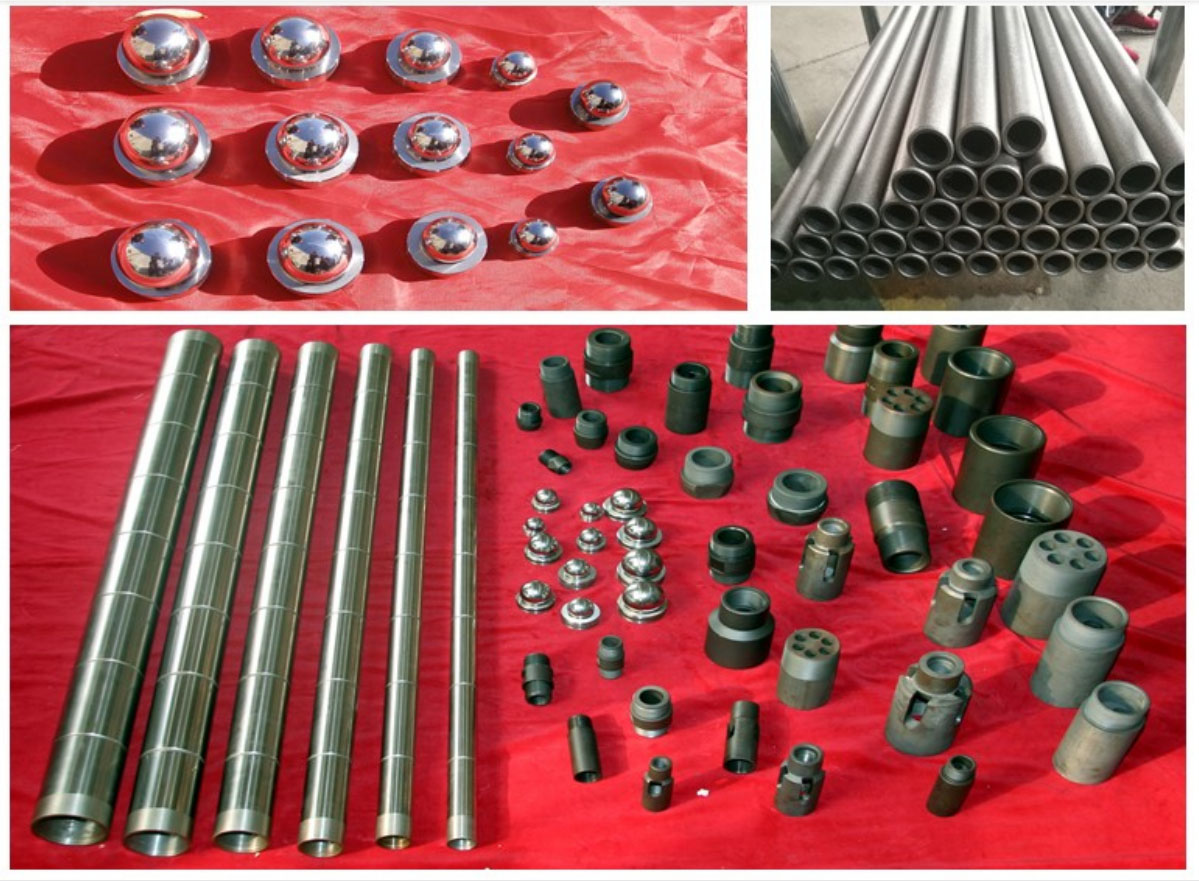
- Type of seating assembly
Two API 11AX rod pumps are falling under this category; cup type and mechanical type.
Cup type (C)
These pumps are less costly but cannot be reseated after workover.
Mechanical (M)
Mechanical types have metal seats, making them more costly. However, the seating mechanism can be used in many occasions.
API 11AX Rod Pump Buying Guide
This section covers rod pumps and tubing pumps in commonly used sizes. Accordingly, it gives a list of things you need to consider when buying an API 11AX rod pump (which is not mentioned above).
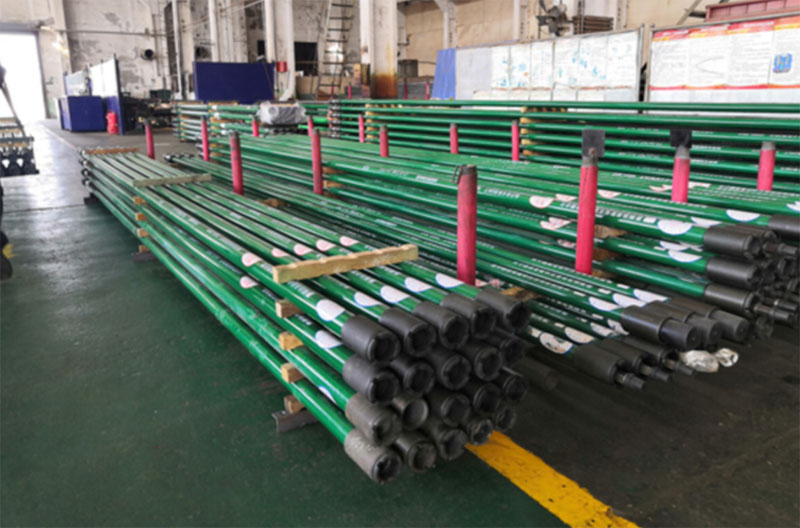
About API specification
The American Petroleum Institute (API) specifications are guidelines that help the purchase of standard equipment and materials.
These specs do not prohibit buyers and manufacturers from purchasing or producing equipment and materials with different specifications.
However, it is essential to go for API specified products because they offer the standard for quality, reliability, and safety.
The institute’s API specifications are made to ensure data precision and reliability in the equipment you use.
They may be applied by any manufacturer or distributor willing to do so.
A manufacturer that uses the API monogram shows that they have obtained a license to use it and that their products conform to the applicable API specifications.
What to consider when buying API 11AX Rod Pumps
There are many things that you can turn to guide your selection for API 11AX rod pumps. Some of these are discussed in the sections above.
However, the first thing you need to know is how and where you want to use the pump. The conditions of the oil and gas well is also an essential consideration since some rod pump specifications are suited for different well applications. Accordingly, you can also check some of these elements.
- Manufacturers description
What the manufacturer includes on the pump is essential to help in the installation and operation of the rod pump. For instance, the workover process of a tubing pump is as follows:
i.The barrel connected to the tubing is directly connected into the well up to the desired depth, then;
ii.The plunger is run into the barrel with the sucker rod.
These descriptions will help guide you along the way.
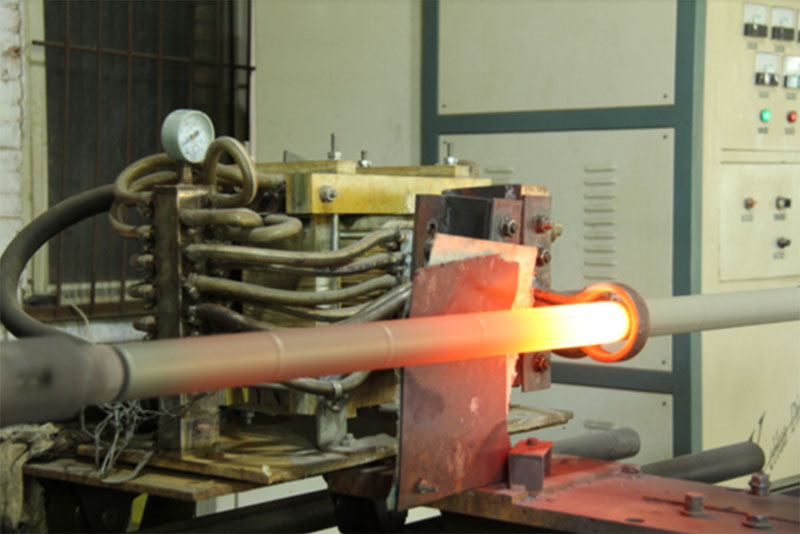
- The pump’s working principle
You need to understand how the pump works and the mechanisms that help it operate effectively.
For instance, during upper stroke, the plunger of a tubing pump is always at the bottom of the pump. The up and traveling valves close due to the hydraulic pressure from the upper tubing.
This action opens the stationary valve, allowing oil to go through the pump. The fluid is then forced to flow through the stationary valve and into the tubing due to pressure difference.
- Structure of the pump
You need to understand the pump’s structure and the location of all its components like the barrel, plunger, traveling and stationary valve, extension nipple, among others. Accordingly, you need to evaluate between metal and soft-pack structures before buying an API 11AX rod pump.
- Material and surface treatment
Check the material and surface treatment for the barrel, plunger, ball and seat, and cage. This factor is essential to guarantee the reliability of the pump.
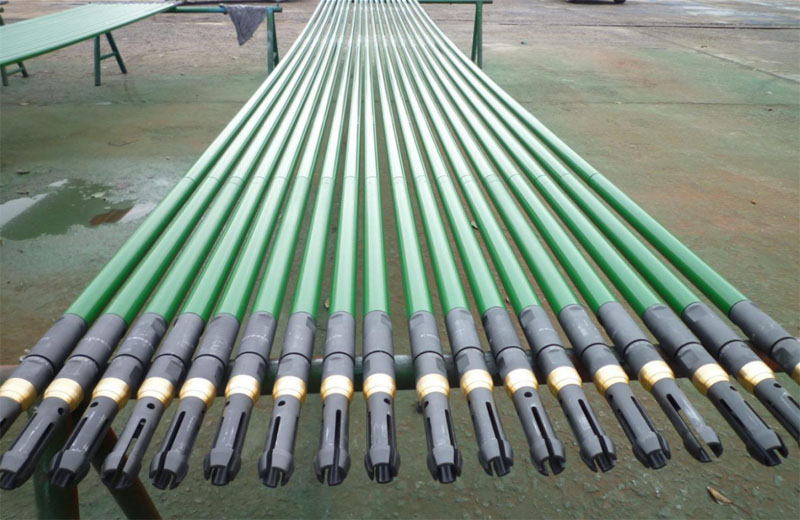
Final thoughts
Sanjack Petro is a renowned manufacturer of an API 11AX rod pump in China.
We have our own API 11AX rod pump factory that will assure you of our ability to meet your needs and provide high-quality equipment and material at competitive prices.
We also offer customized customer support to meet specific requirements while conforming to strict quality standards.
Contact us now for an API 11AX rod pump quotation.
Related:

